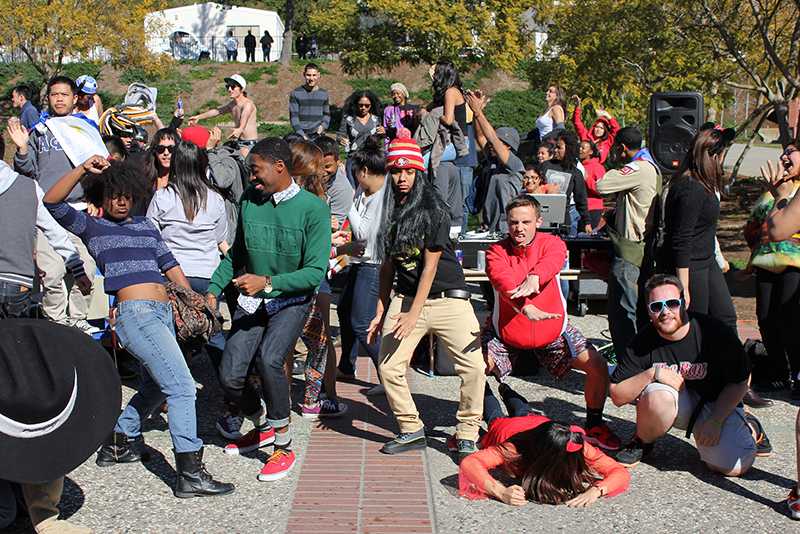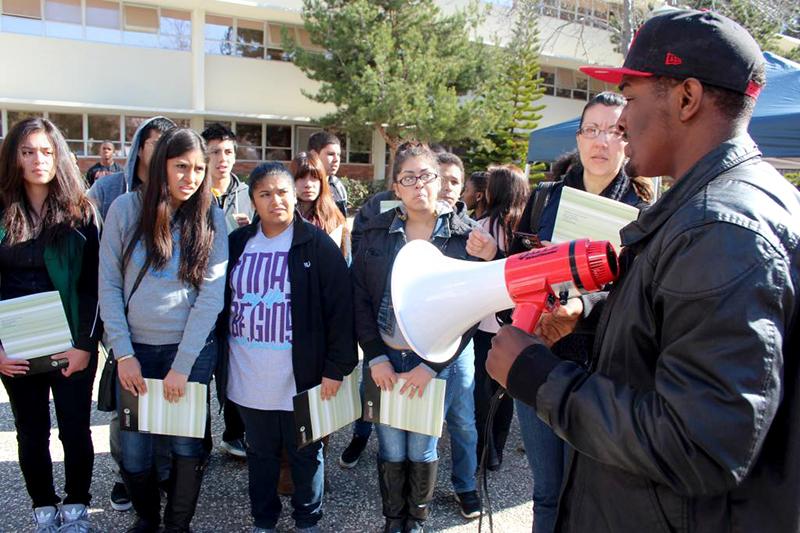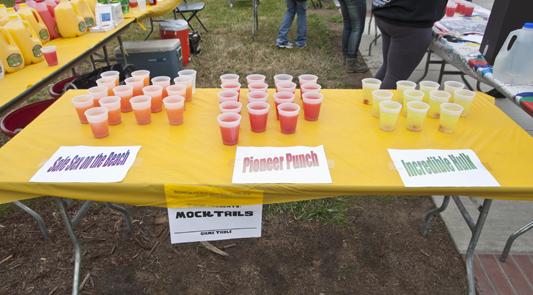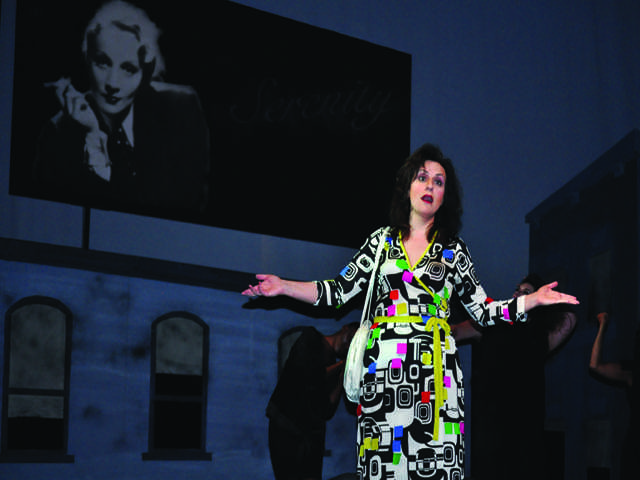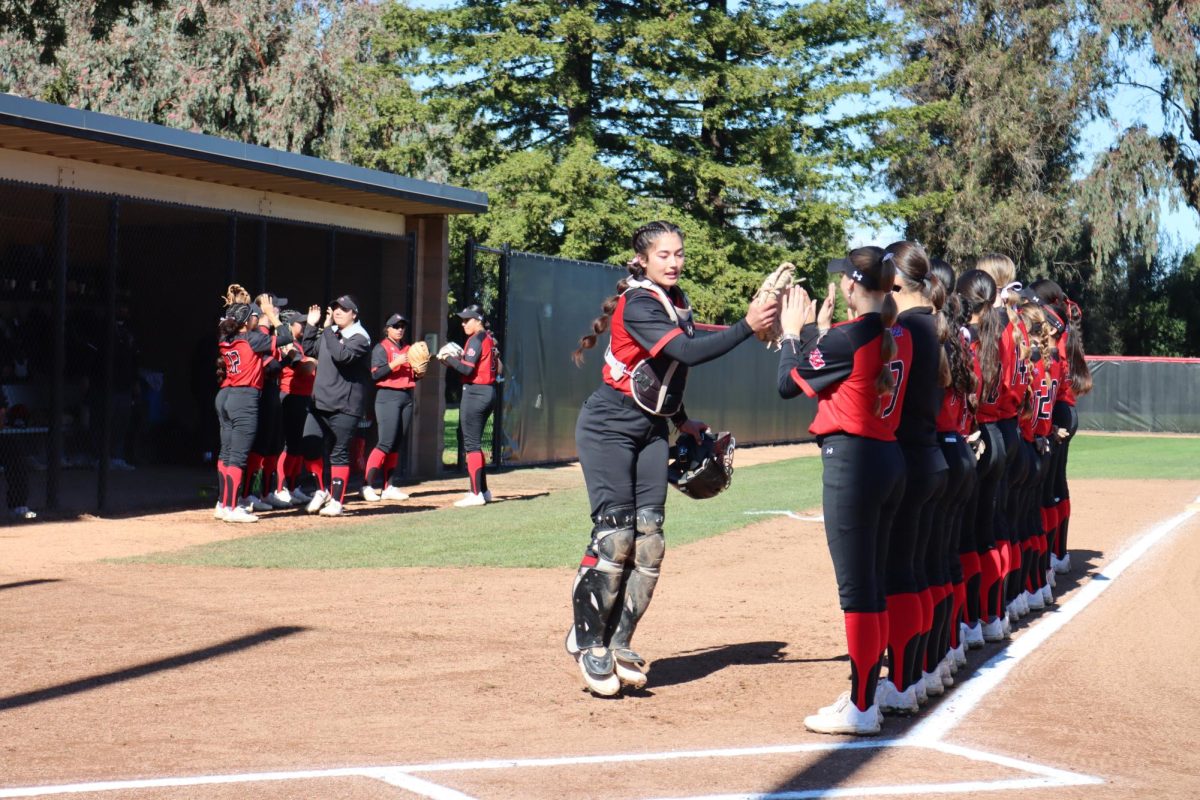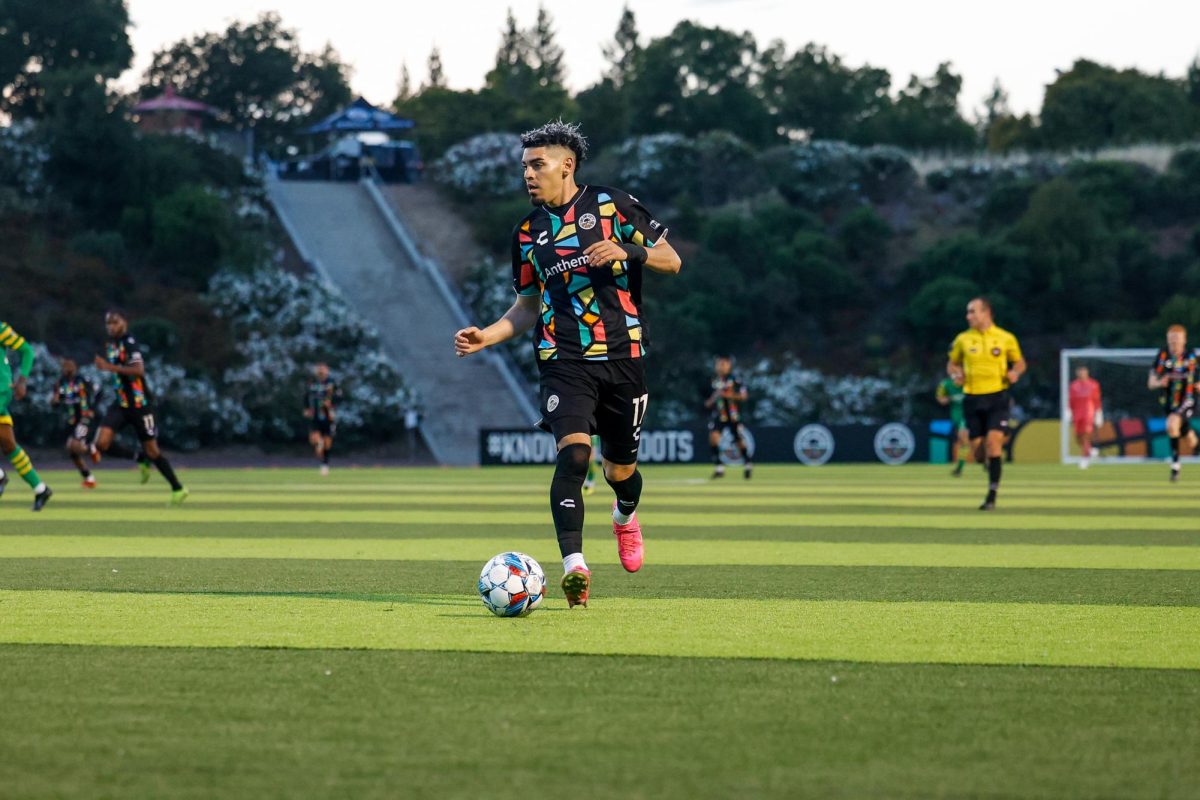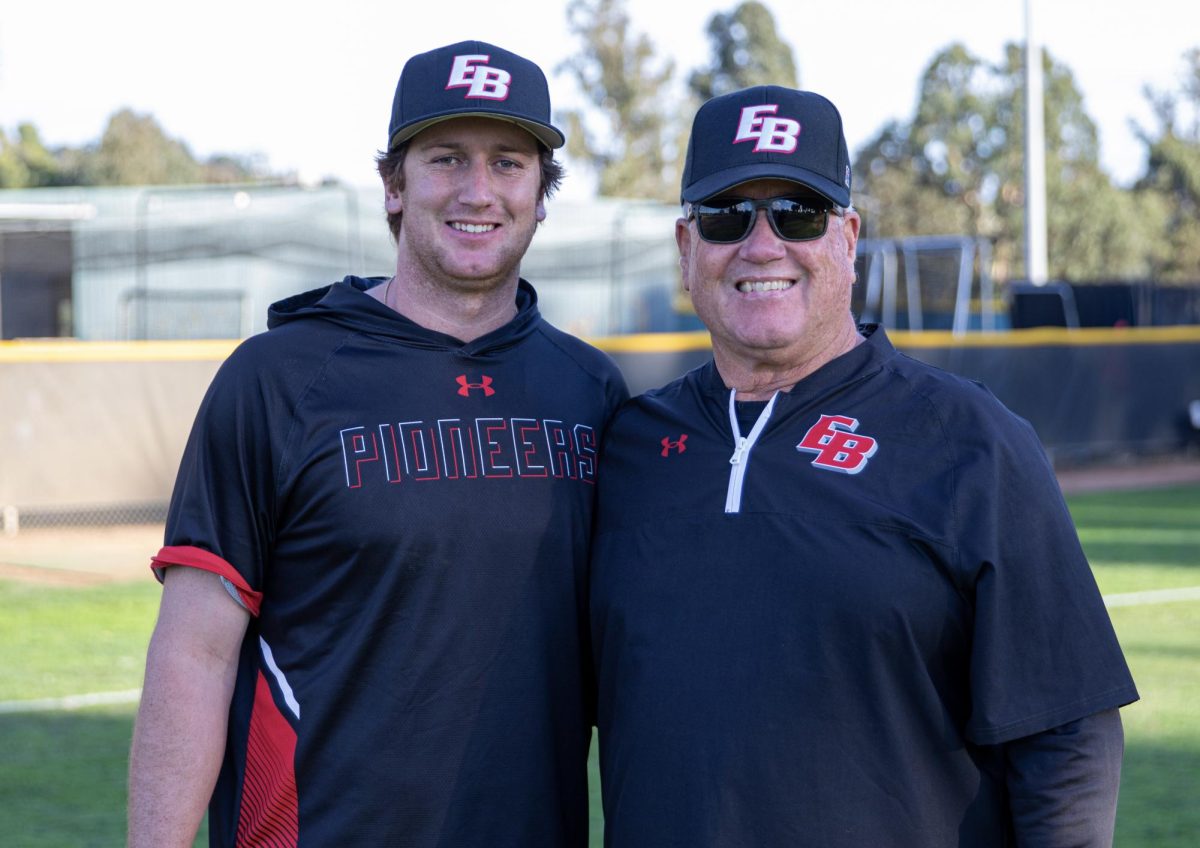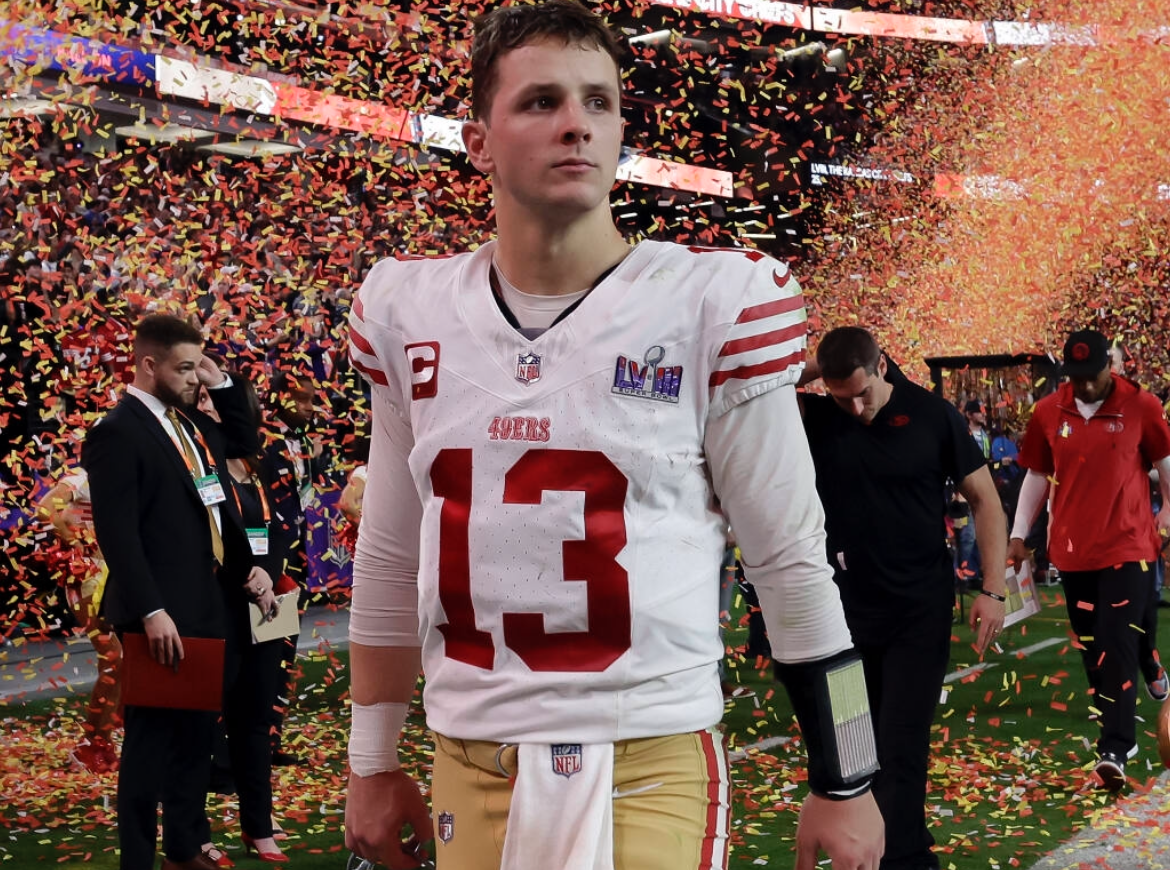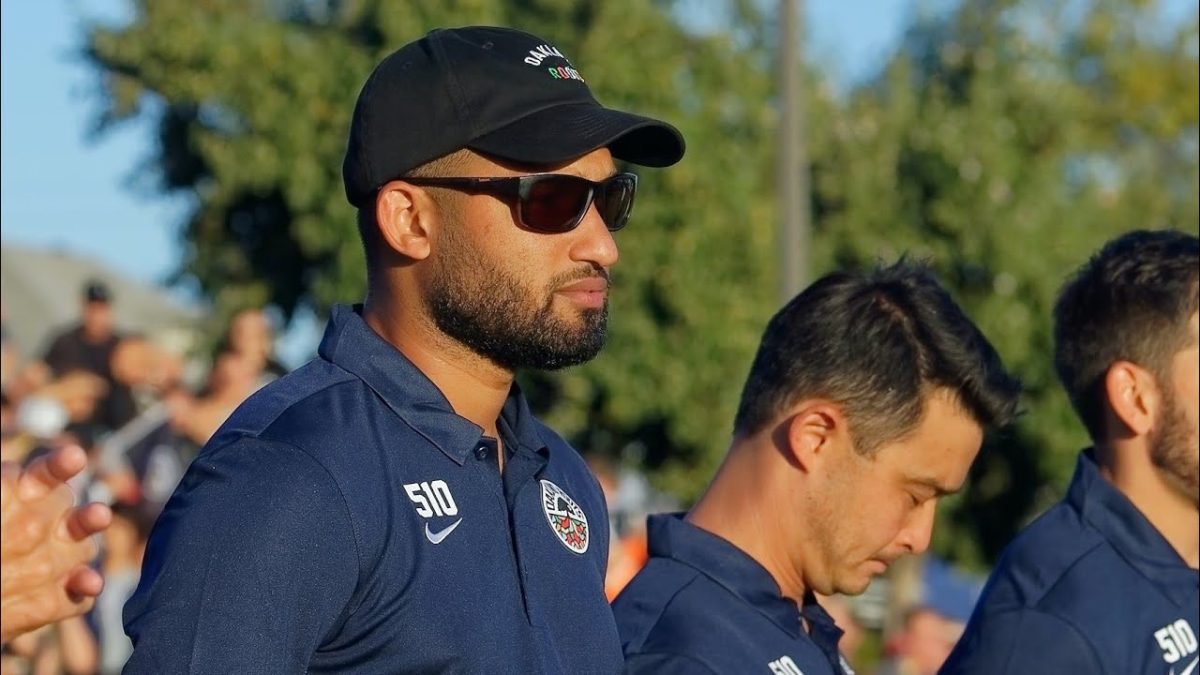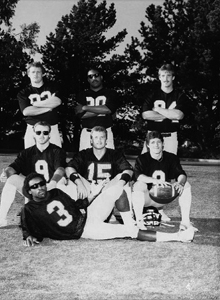
As fall begins and thousands of colleges around the country are opening their doors to new students, another great American institution is underway: Football. People may wonder what tailgating, raucous crowds, and hard hits have to do with higher education, but Football is an important way for alumni, students, faculty and the surrounding community to get engaged with a college. It is also a way to inundate new students with school pride.
Unfortunately CSU East Bay has not fielded a football team since 1993 and possibly never will again. The Cal State Hayward, as the school was known then, football program was dropped due to budget restrictions largely caused by decreasing attendance and Title IX which mandates gender equality in collegiate athletics. In fact, between 1991 and 1996 eight other California universities disbanded their football programs and the Northern California Conference, of which Cal State Hayward was a member, also disbanded.
Even though the football team struggled throughout its existence, one lowlight came in 1971 when UC Davis scored 16 points in 20 seconds in what was called the “Miracle Game,” it was a proud football team none the less. The Davis/Hayward rivalry would again gain attention in 1992 when in a game which decided the conference championship, Davis ran a Fumblerooski play to again beat the Pioneers in a heartbreaking finish. The next year the “Fumblerooski,” a play in which the quarterback purposefully fumbles the ball, would be made illegal by the NCAA.
Notable football alumni include Al Simmons a former 49er and current UC Berkley assistant coach and Mike Bellotti who after serving as the team’s offensive coordinator went on to become was the head coach at University of Oregon. Former Wal-Mart Vice Chairman Tom Coughlin played on the team. Current Chief of Staff to the President Donald T. Sawyer played for CSUH and formerly served as the offensive line coach. Even former CSUH president Ellis E. McCune was known to show up and cheer on the Red and Black.
John Dandin who played football for the Pioneers from 1991 to 1992 and now serves on the Alumni Association’s Board of Directors believes like many others that the program can be restored. In all likelihood this would entail around two million dollars in alumni contributions, the addition of two women’s sports, and the support of the school administration. Dandin has a personal reason to believe in CSUEB football. “Without football, I don’t know if I ever get a college degree,” said Dandin who was not planning on attending a four year college until CSUH contacted him to play football. He points out that there are hundreds and possibly thousands of high school and junior college football players just like him, who will not take the next step in higher education without the opportunity to play.
There are examples from other colleges around the nation which football supporters can draw inspiration. After 19 years of dormancy, Pacific University in Oregon (a school with almost 10,000 less students then CSUEB) has resurrected its football program for the 2010 season. Georgia State University has a football team for the first time ever this year and the University of Texas, San Antonio will have one next year for the first time.
Dandin also points out how integral a football program can in the cultivation of a vibrant campus atmosphere. “Fall is a kick off to the school year,” he adds, and without it, “there is nothing to unify them [the students] at the beginning of school.” For both the players and the fans, football can transcend the trivial nature of the game and become a life experience. “Football is a tradition,” Dandin points out, a tradition which has now been lost from CSUEB but is not forgotten.
If CSUEB wants to change its image from a commuter school to a destination college, a football team would most certainly go a long way. Though improbable, it is not impossible to imagine a day in which the attention on Fall Saturdays returns to the gridiron and we all get a little more to cheer about.



